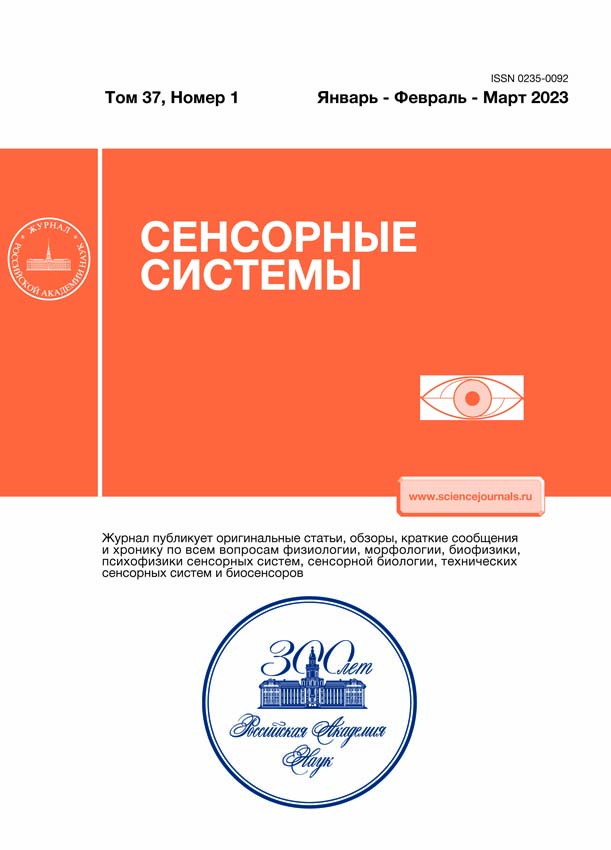“Acoustic window” in the mandibular of dolphins: evaluation of the bone thickness
- 作者: Sysueva E.V.1, Popov V.V.1
-
隶属关系:
- A.N. Severtsov Institute of Ecology and Evolution of the Russian Academy of Sciences
- 期: 卷 37, 编号 1 (2023)
- 页面: 60-64
- 栏目: СЛУХОВАЯ СИСТЕМА
- URL: https://cardiosomatics.ru/0235-0092/article/view/675819
- DOI: https://doi.org/10.31857/S0235009223010079
- EDN: https://elibrary.ru/AUDIQM
- ID: 675819
如何引用文章
详细
The mandibular sound conduction hypothesis suggests that dolphins have functionally replaced the external pinna with an “acoustic window” in the low jaw. Using industrial tomography, the lower jaws 3D models of the odontocetes six species were built. In the obtained models, the analysis of the bone thickness in the area of the supposed “acoustic window” showed a dependence of the bone wall thickness on the size of the animal. The area of the greatest thinning of the lateral wall of the lower jaw in the studied samples was determined mainly in the upper angle of the proximal part of the lower jaw or near the lower angle of the lower jaw, and not in the center, as previously assumed.
作者简介
E. Sysueva
A.N. Severtsov Institute of Ecology and Evolution of the Russian Academy of Sciences
编辑信件的主要联系方式.
Email: evgeniasysueva@gmail.com
Russia,
119071, Moscow, Leninsky Prospekt, 33
V. Popov
A.N. Severtsov Institute of Ecology and Evolution of the Russian Academy of Sciences
Email: evgeniasysueva@gmail.com
Russia,
119071, Moscow, Leninsky Prospekt, 33
参考
- Carwardine M. Whales, Dolphins and Porpoises. Dorling Kindersley, 2000. 256 p.
- Cranford T.W., Krysl P., Hildebrand J.A. Acoustic pathways revealed: simulated sound transmission and reception in Cuvier’s beaked whale (Ziphius cavirostris). Bioinspiration and Biomimetics. 2008. V. 3. P. 1–10.
- Norris K.S. The echolocation of marine mammals. The Biology of Marine Mammals. Ed. Andersen H.J. New York. Acad. Press, 1969. P. 391–424.
- Norris K.S. The evolution of acoustic mechanisms in odontocetes cetaceans. Evolution and Environment. Ed. Drake E.T. New Haven. Yale Univ., 1968. P. 297–324.
- Norris K.S., Harvey, G.W. Sound transmission in the porpoise head. J. Acoust. Soc. Amer. 1974. V. 56. P. 659–664.
- Nummela S., Kosove J.E., Lancaster T.E., Thewissen J.G.M. Lateral mandibular wall thickness in Tursiops truncatus: variation due to sex and age. Mar Mammal. 2004. Sci. 20. P. 491–497.
- Nummela S., Thewissen J.G.M., Bajpai S., Hussain S.T., Kumar K. Sound transmission in archaic and modern whales: anatomical adaptations for underwater hearing. Anatomical Record A. 2007. V. 290. P. 716–733.
- Szymanski M.D., Bain D.T., Kiehl, K., Pennington S., Wong S., Henry K.R. Killer whale (Orcinus orca) hearing: Auditory brainstem response and behavioral audiograms. J. Acoust. Soc. Amer. 1999. V. 106. P. 1134–1141.












